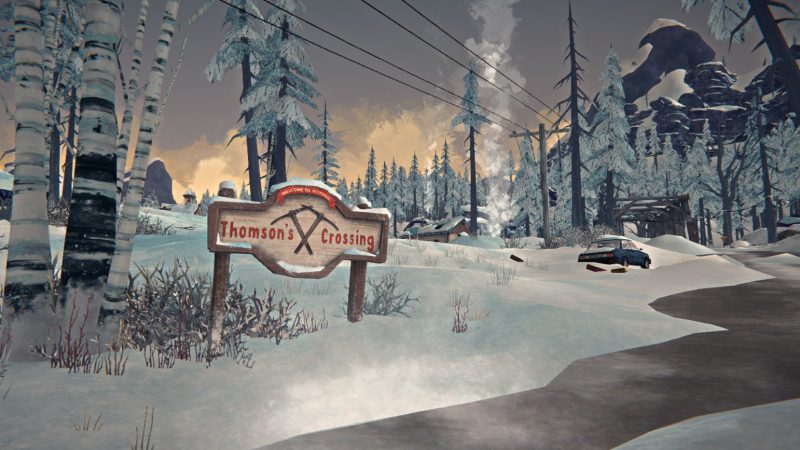

If you start to feel tingly and numbness, it is important to immediately follow frostbite treatment steps. If you are wearing a mask and plan to be outdoors, choose to wear a thicker mask like a winter balaclava and switch to your standard mask when indoors. As we head into our first winter wearing masks to prevent the spread of COVID-19, it is important to note that the face masks we have been wearing for the past several months are likely not warm enough to rely on for frostbite prevention. Stay alert and monitor how your skin feels. Make sure to cover up as much skin as possible. If you must be outside in the cold, it is important to dress defensively in the frigid weather. The best form of frostbite prevention is dressing appropriately for the current, and predicted, temperatures. This frostbite stage is considered the most severe case and commonly ends in skin tissue that will turn black and die. The signs of frostbite in this stage, also known as 3rd-degree frostbite, may appear as white or frozen solid skin tissue. Frostbite stage 3: Full-thickness Frostbite.Your skin may even stay indented after being poked. The signs of frostbite in this stage, also known as 2nd-degree frostbite, may appear as numb skin that feels hard to the touch. Frostbite stage 2: Partial-thickness Frostbite.After rewarming the affected area with warm water the frostbitten area may turn red and peel like a sunburn. The signs of frostbite in this stage may appear as white, waxy, cold skin. This is the 1st degree of frostbite also known as frostnip. Frostbite stage 1: Superficial Frostbite.If ignored, your body will continue to move through the three frostbite stages.” Initial frostbite symptoms commonly include numbness and tingling on your skin. Deliduka, “More often than not, your fingers, toes, ears, cheeks, and nose are the first places to be affected.

Knowing frostbite symptoms is critical to understanding when you need to turnaround and head back home. Some of the common risk factors are a history of poor circulation, certain medications, alcohol consumption, smoking, and skin exposed to the wind and water.” There are many things that increase the risk of developing signs of frostbite. It does not need to be below zero outside to develop frostbite symptoms. Steven Deliduka, board-certified dermatologist with Forefront Dermatology, “As the vessels in your skin constrict due to the cold, they allow less warm blood to the area. When outside temperatures tumble below the freezing mark and wind chills dip into the negative numbers, frostbite can happen within minutes.


 0 kommentar(er)
0 kommentar(er)
